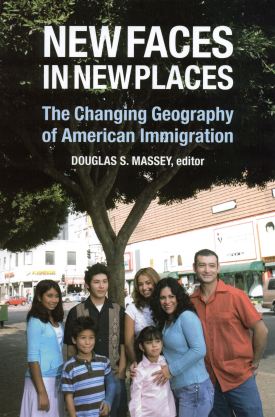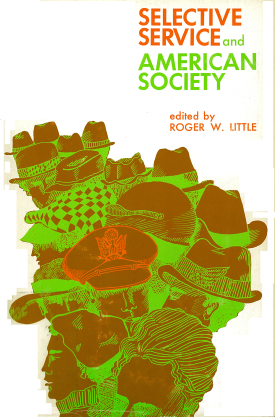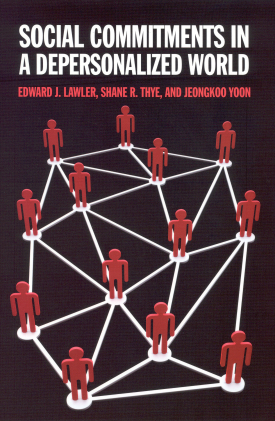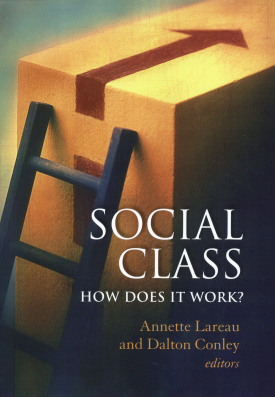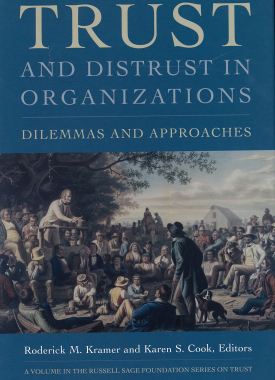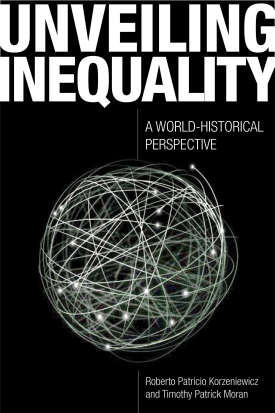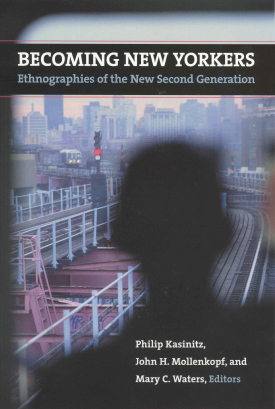
Pious Property
About This Book
Owning a home has always been central to the American dream. For the more than one million Muslims in the United States, this is no exception. However, the Qur'an forbids the payment of interest, which places conventional home financing out of reach for observant Muslims. To meet the growing Muslim demand for home purchases, a market for home financing that would be halal, or permissible under Islamic law, has emerged. In Pious Property, anthropologist William Maurer profiles the emergence of this new religiously based financial service and explores the ways it reflects the influence of Muslim practices on American economic life and vice versa.
Pious Property charts the development of Islamic mortgages in America, starting with Islamic interpretations of the prohibition against riba—literally translated as "increase" but interpreted as "usury" or "interest." Maurer then explores the different practices that have emerged as permissible options for Islamic homebuyers—such as lease-to-own arrangements, profit-loss sharing, and cost-plus contracts—and explains how they have gained acceptance in the Islamic community by relying on payment schemes that avoid standard interest rate payments. Using interviews with Muslim homebuyers and financiers, and in-depth analysis of two companies that provide mortgage alternatives to Muslims, Maurer discovers an interesting paradox: progressive Muslims tend to use financial contracts that seemingly comply better with the prohibition against interest, while traditional Muslims seem more inclined to take on financing very similar to interest-based mortgages. Maurer finds that Muslims make their decisions about using Islamic mortgage alternatives based not only on the views of religious scholars, but also on their conceptions of how business is supposed to be conducted in America. While one form of Islamic financing is seemingly more congruent with the prohibition against riba, the other exhibits more of the qualities of American mortgages—anonymity and standardized forms. The appearance that an Islamic financing instrument is legal and professional leaves many Muslim homebuyers with the impression that it is halal, revealing the influence of American capitalism on Muslim Americans’ understanding of their religious rules.
The market for halal financial products exists at the intersection of American and Islamic culture and is emblematic of the way that, for centuries, America's newcomers have adapted to and changed the fabric of American life. In Pious Property, William Maurer explores this rapidly growing economic phenomenon with historical perspective and scholarly insight.
BILL MAURER is associate professor of anthropology at the University of California, Irvine.

